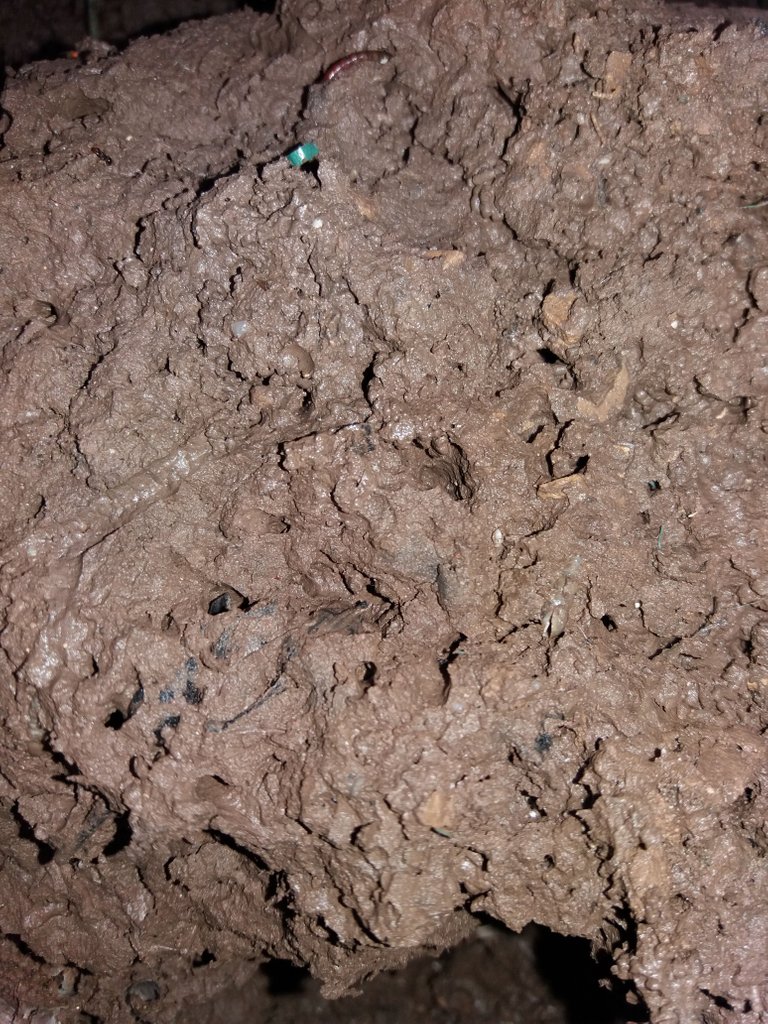Greetings community, this time I bring you a post of information regarding this particular topic, a topic of interest and of utmost importance that must be taken into account when it comes to wanting to make crops or gardens at home.
Soil
It is the superficial layer of the earth product of the decomposition of the rocks, due to the action of the wind, water, alive beings and to the changes of temperature, is composed of minerals, organic matter and in the living numerous organisms, it serves as support to plants and provides the necessary nutrients for its development.
What are the characteristics of a fertile soil?
It should be noted that fertility is the set of physical, chemical and biological characteristics that determine the ability of the soil to sustain the development of vegetation. (Street, 2003).
In order for a soil to be fertile, its consistency and depth must allow the roots to be well anchored for optimum development, and it must also contain the nutrients that the plants need and these can be obtained through the present or induced organic matter. These soils must be capable of absorbing and retaining water, for this they must have good porosity for the substrate to remain aerated.

Presence of the Earthworm indicative of fertile soil.
Yes, as they read, have you ever seen worms in your house after a heavy rain? Well, if you have seen them, it is because that soil is fertile and meets the necessary conditions for its growth and development.
Earthworms can only thrive in soils well stocked with organic matter, such as forest, grass and heavily-mined labor. Earthworms, wherever they thrive, as in virgin and pasture soils, are important agents in the mixing of dead surface debris with the main mass of soil. They take leaves and other remains to their galleries, making them more accessible to the attack of microorganisms.
 | Eisenia fetida - lombriz roja californiana Source |
|---|
The action of the earthworm on the ground
Earthworms improve the aeration of the soil by mechanisms. They mine and form galleries very extensively, and these serve to improve the drainage of the superficial soil, to form regions of good aeration and to give looseness to the whole of the soil through the zone in which they develop their activities.
They are more active in the surface layers, rarely work intensively below 15 to 20 cm, although a few species are able to reach a much greater depth, often serving the tunnels that leave the passageway so that the roots of the plants penetrate the subsoil. They can also play an important role in the irrigated land, because N. A. Dimo found up to 14 million galleries per hectare reaching the surface of the land in irrigated alfalfa land, allowing the rapid penetration of irrigation water in the subsoil through the superficial layers. (Barnes, 1992).

The earthworm and its great ecological contribution.
Earthworms often play an important role in the convection of the vegetable layer in humus, as their intestine is a favorable medium for the necessary chemical changes to take place. The worms are the main agents in charge of mixing the dead plant remains of the soil surface with the same soil, contributing to keep the surface loose and well aerated. (Barnes, 1992).
In addition to improving aeration, at the same time improves the water retention capacity of soil clots, as the outstanding action of the earthworm is to ingest soil particles along with organic matter, crush this with it in its gizzard in the presence of calcium carbonate secreted by one of its digestive glands, and excrete this intimate mixture of organic matter and soil saturated with calcium in the form of a mold soil called earthworm humus, of a brownish-blackish color.
This humus, which is likely to be produced only by earthworms in most soils, has admirable conditions for the development of plants, having a very convenient air-water regime.

Biology of the Red Worm
The worm is an annelid that has been classified ecologically according to their eating habits, depth to which they are found and the size of their individuals. It is a hermaphroditic individual, although it is usually coupled in pairs, it can also be self-fertilized observing the presence of viable capsules if they are isolated from birth. This friendly little animal is 6 to 12 cm long by 0.5 in diameter, is red and can live in captivity.


In conclusion the earthworms can transform in an ecological or natural way and in balance with the local or environmental habitat of the place where any type of organic matter is found, metabolizing it as it passes through its digestive tract and enriching it with enzymes, making it directly usable by the plant at the exit of your intestine.
The worms are the big stomach of an integral production unit because they are capable of processing all the organic material produced there and transforming it into high quality fertilizer with high percentage of protein.
It's all for this post guys I hope you like them and help them when it comes to wanting to do a home cultivation, so that through this information they can identify the most appropriate and appropriate soil to perform it.
Hola @kao18, upv0t3
Este es un servicio gratuito para nuevos usuarios de steemit, para apoyarlos y motivarlos a seguir generando contenido de valor para la comunidad.
<3 Este es un corazón, o un helado, tu eliges .
: )
N0. R4ND0M:
4124 3470 4981 9446
1150 5953 7239 5371
2797 7472 6661 9746
9100 7616 7059 1145
Congratulations @kao18! You received a personal award!
Happy Birthday! - You are on the Steem blockchain for 1 year!
Click here to view your Board
Congratulations @kao18! You received a personal award!
You can view your badges on your Steem Board and compare to others on the Steem Ranking
Vote for @Steemitboard as a witness to get one more award and increased upvotes!